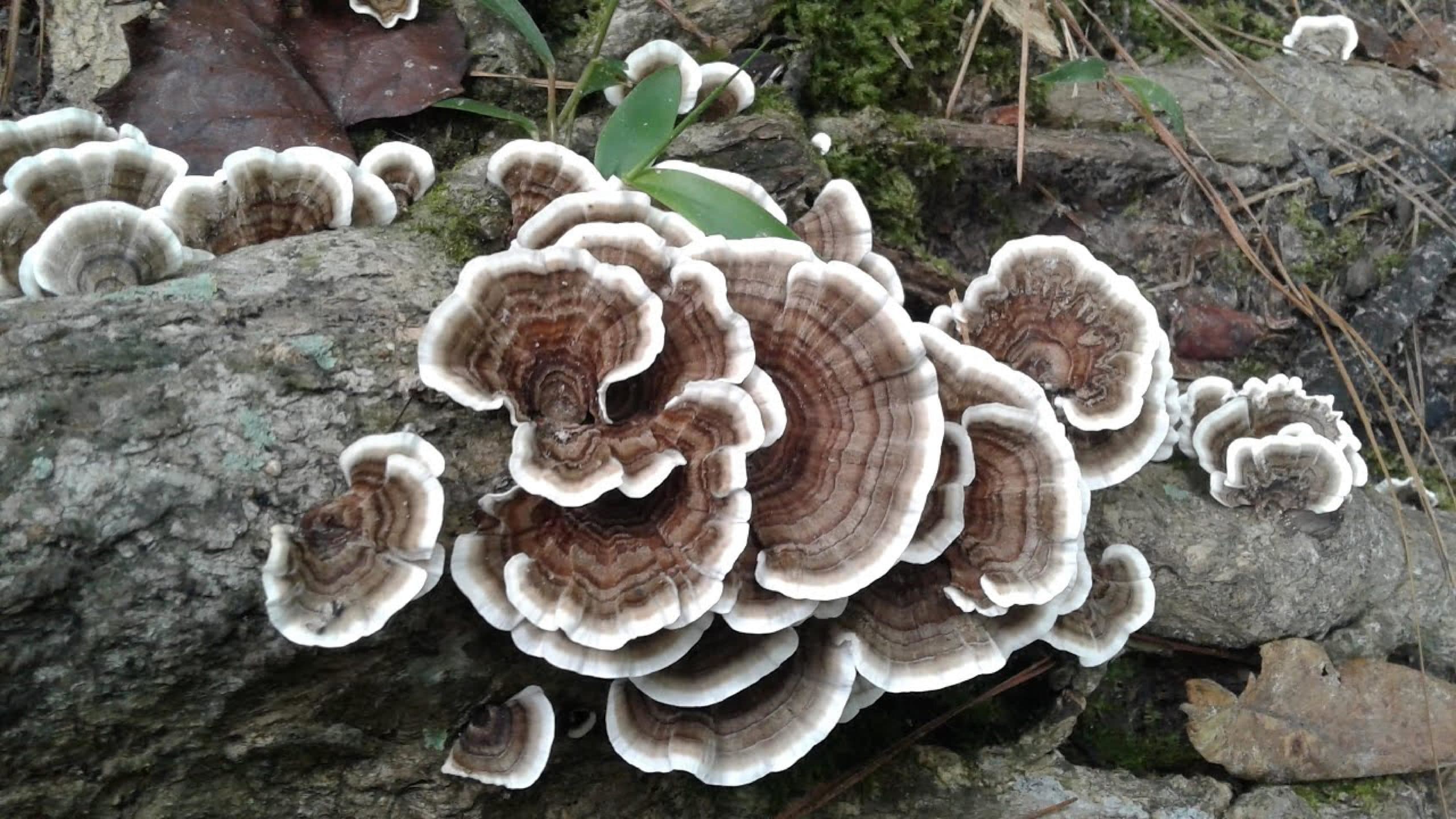Mushroom-based supplements are a natural remedy for a range of metabolic, physiological and immunological ailments in animals. The key is to understand what makes these products effective – and which ones to avoid.
In today’s modern veterinary practice, more and more clients are looking for safe, natural solutions to improve the health and nutrition of their furry companions. In response, many leading veterinarians are turning toward the world of fungi for answers. Backed by a number of scientific studies, medicinal mushrooms are emerging as one of the most promising natural compounds to enter the field of pet nutrition. Demonstrating encouraging results in modulating the immune system, reducing inflammation, lowering cholesterol, and even helping to prevent certain cancers, mushroom-based nutritional supplements are a great addition to any vet’s toolkit.
What makes medicinal mushrooms effective?
Mushrooms, or rather the beta-glucans found in mushrooms, can offer a host of health benefits for both pets and humans. Beta-glucans are sugars found in the cell walls of fungi. They are also the key active compounds that help certain medicinal mushrooms produce powerful anti-inflammatory and immune system modulating effects.
In order to gain these benefits, however, it is important that your patients be given regular, reliable doses. Despite the noted benefits of prescribing mushroom-based supplements as part of a companion animal’s nutrition plan, not all brands or types of these supplements have been shown to confer the full potential advantages every time.
Not all mushroom-based supplements are created equal
While using all the parts of the fungi might logically seem like an effective way to reap the most benefits, this is not generally the case. Certain parts of the fungi, such as the mushroom (fruiting body), contain significantly more beta-glucans and other beneficial compounds than others. This discrepancy is widest when the mushroom is compared to the mycelium.
The mycelium is the branching, vegetative part of the fungus. It consists of a mass of filamentous hyphae, which are the fungi’s main method of absorbing nutrients in the early stages of growth. This allows the fungi to produce fruiting bodies, such as the coveted mushrooms.
Though the mycelium is essential in the growth of the mushroom, it is not nutritionally beneficial in itself. Not only does the mycelium contain fewer beta-glucans, but it also absorbs and stores compounds from the solid substrate it was grown on. Because most commercial mycelium producers use the “Mycelium On Grain” (MOG) method, growing their mycelium on rice or oats, grains often become an inseparable part of the final product, leading to high amounts of starch. When included in a supplement alongside the fruiting body, the mycelium often acts as nothing but a high-starch filler.
Maximizing your mushroom supplements
If you’re prescribing mushroom-based supplements, you’ll want to know for certain what proportion of mycelium to mushroom is included in the dosage, and what method was used to produce the mycelium. The unfortunate reality is that many commercially available mushroom-based supplements are made with an unequal mixture of highly-beneficial mushrooms and less-beneficial mycelia. This can lead to dosing inaccuracies and ultimately reduce the benefits of the supplement.
The development and study of fungi in the pet nutrition industry is an exciting advancement, and the results are speaking for themselves already. However, before you incorporate mushroom supplements into your own practice, it is important to do your research into the composition of each product. Your patients will thank you!
[pro_ad_display_adzone id=”31617″]







